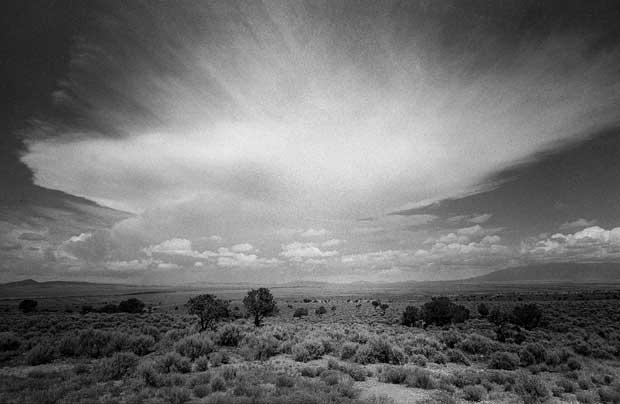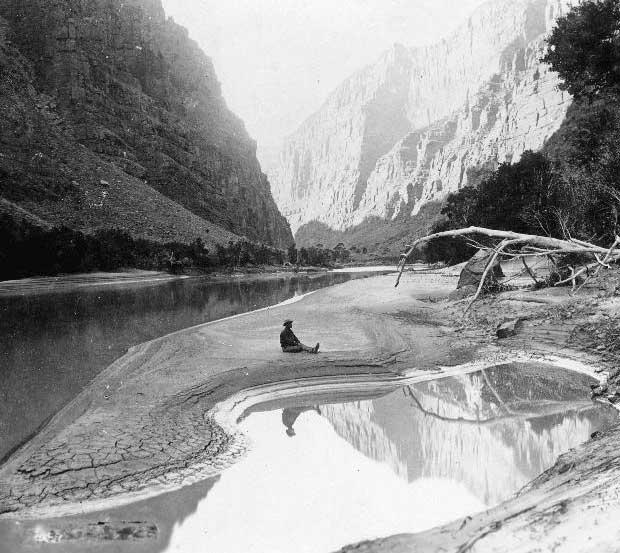Subversive Tri
The Good Book tells Christians to work out your faith in fear and trembling and I equate fear and trembling, in this context, with a healthy humility toward something much bigger than you and me.
When the establishment mandates that something important (like triathlon) be forced into increasingly smaller circles and boxes, what I see is a lack of humility shown to an Idea that is much more expansive than 140.6, 70.3, Olympic, 12 and 7 meter zones, and technical committees, and it's the athlete's responsibility to know the course.
What is the opposing force to establishment overreaches? Subversion.
As I am one of life's sweaty wrestlers rather than one of its graceful gliders, I've got a soft spot for subversion. Subversive scientists (Copernicus, Galileo), philosophers (Abelard, Spinoza), and religious thinkers (Wycliffe, Hus) bite at the heels of the establishment. They wrestle, unconvinced, unappeased, unsatisfied. Subversives do not always enjoy widespread success in their time. It's hard to beat City Hall.

But the mainstream and the subversive can coexist, and I don't believe new always trumps old. Your Garmin device's computer relies on newer quantum mechanics; its GPS satellites rely on the older general theory of relatively; and for the rest of it Newtonian physics generally suffices. Novel expressions of multisport do not negate the mainstream, commercial, Olympic, organized, regulated versions. Today's subversion is tomorrow's mainstream. Snowboarding was subversive in the 1970s and 80s. It wasn't even in the Olympics 20 years ago and 30 years ago it wasn't allowed on many resort mountains. Look at the Winter Olympic program today. What the hell is Slopestyle? (I still think one skier deserves two skis and that many poles.)
The Hawaiian Ironman appealed to me when I first heard of it. Triathlon wasn't a sport yet, really. There were other 3-event races but not many were called triathlons. In California there was The Sierra Mountain Race; Eppie's Great Race; The Human Race. Attaching the word triathlon to a multisport race or calling a race something-man was atypical between 1974 and 1980.
The lack back then of a coherent, recognizable sport was a gift I have only recently begun to appreciate. As with the original (Greek) marathon, the distances of the Hawaiian Ironman's swim and bike weren't divinely, but geographically, inspired. The 2.4-mile swim leg is the distance from one end of Waikiki Beach to the other; 112 miles is the distance around the island of Oahu (by bike).
Once the race moved from Oahu to the Big Island in 1981 we were in a new multisport reality where, like the modern marathon, the geography a place granted you (Kona) was subordinated to the geography of some other place (Honolulu) when designing a course and a race.
From 1981 forward triathlon has followed one primary track: ever-increasing conformity to distances and disciplines that are not in any way relevant to the geography in which these races take place. I'm not complaining, just noting. I don't mind this, but what I regret is that the spirit of Ironman – the reason it was first conceived and raced – is not always obvious. Ironman was subversive 35 years ago. Is it still?

What makes a race subversive? The refusal to play by the rules of mainstream sport. Ironman was subversive in 1980 because it was spectacularly outrageous, and neither the governing bodies of swim, bike nor run could exert any governance pressure on it.
What else? Our early races were produced out of passion, not for money. Now that is subversive. The Wildflower Triathlon had 83 participants its first year. Most of the races begun between 1980 and 1983 needed to be produced; obvious courses provided by Nature were turned into social celebrations of pain and achievement because the geography demanded it. The Idea many of us brought home once we competed in early editions of the Hawaiian Ironman wasn't to reproduce the distance, but to convey to those in our hometowns the spirit.
I raced Ironman in February of 1981 and promptly produced my first triathlon in September of 1981. Our races didn't conform to distances. There were no distances to conform to. That which would become the Olympic distance was not yet established.
What are the subversive races today? Those produced out of passion, and that do not obey convention. Savageman, Ötillo, American Triple-T and, chief among them, Norseman and it's highly subversive set of values: True, Basic and Unique. Nothing Norseman does is logical. None of it makes any financial sense. It is simply beautiful. And it's spreading.
There is no part of triathlon or its constituent sports that I've thrown off. If I someday find myself with two sound legs it would be dear to me to run around an oval 4 times against others of my age, just as I did as a teenager. I'd love to once again stand on the start line of USA Triathlon's age group national championships. I hope that happens and expect it will. Last year's 70.3 Worlds in Zell am See: My kind of race.
I love it all, establishment and subversive, the unique, the boutique and the antique.
[This is the 4th of 5 blog entries on the subject: Letters to a Friend; No Skill for Living; Who is an Athlete? Subversive Tri; The Boundary of Sport]




